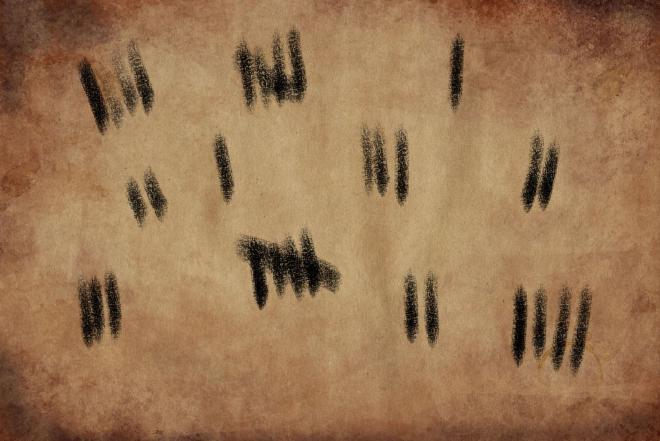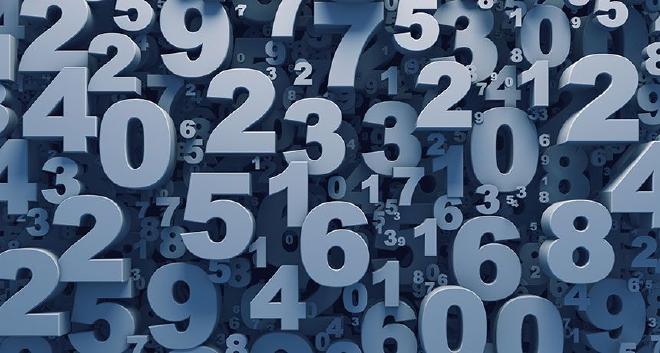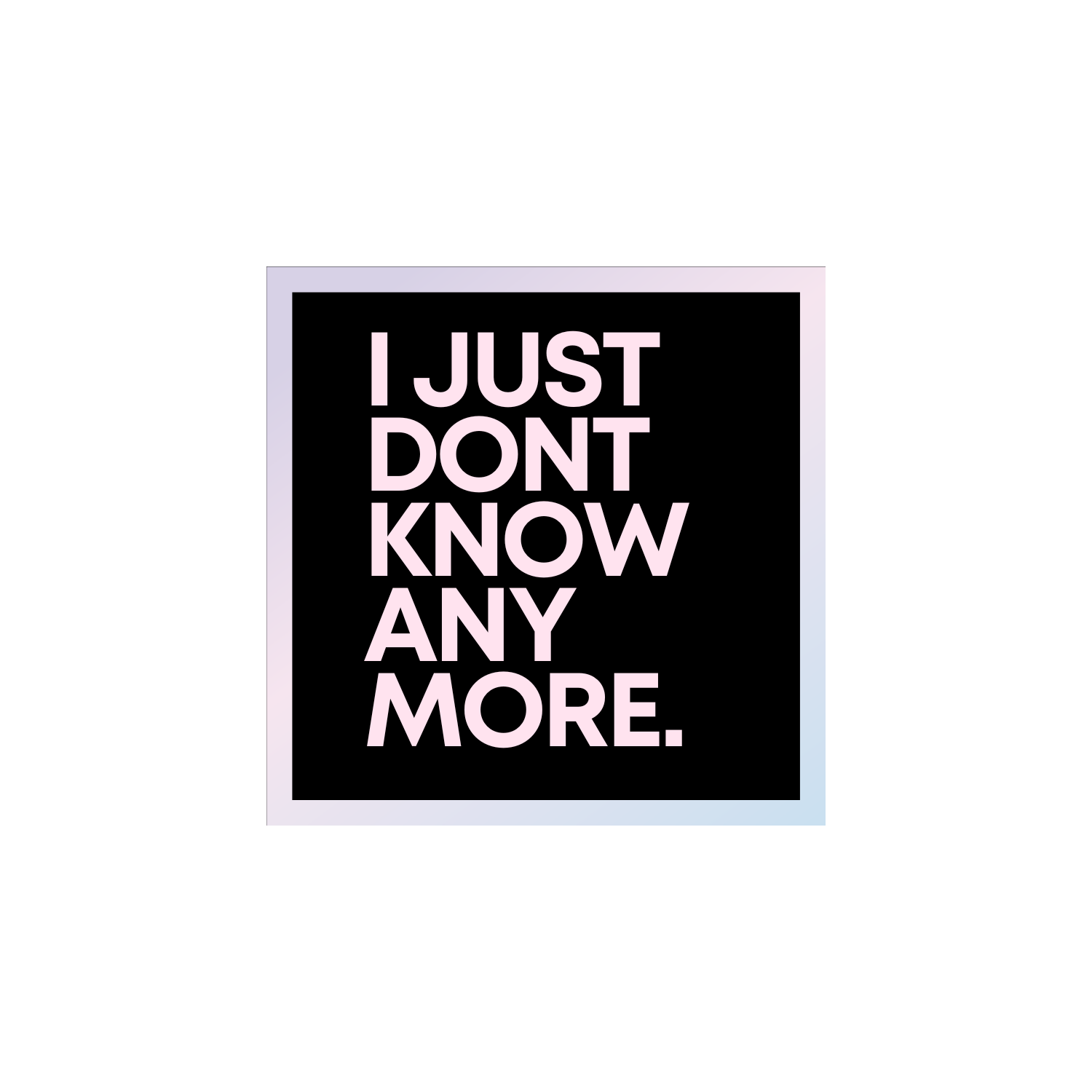Dark Side of Scientific Notation
Table of Contents

Perception of Numbers #
We use numbers for measuring, monetising and much more. Numbers play a vital role in our everyday life. It is quite difficult to imagine life without numbers. There are many mathematicians and philosophers and the common men alike who wonder about the mysterious nature of numbers. Some say it is god made, some say it is the pinnacle of human invention. Numbers possess a glorious position among human beings. But among all this gloriousness, we are missing a few facts which are kept under the hood. These facts are simply left out and have been unaddressed in public. This simple fact is our perception of numbers. What does it mean to us and what do we experience when we use it? Are we limited? Does the algorithm we use to scale numbers a limitation to our perception? Let’s have a look into it.
Usage of Numbers in the Past #

Ancient people have used a lot of ways to keep count of a flock of sheep and a bunch of chickens in their farms. They either use fingers or the tally system. The tally system, which is still taught to us in our kindergarten classes has a special significance. It is in a way algorithmic and has room to go beyond number 5. We will get to it in a moment. If we use fingers, we are limited to number 10. But the Tally system crosses beyond that limitation and uses just 5 symbols to represent 5 numbers and goes well beyond 5. But if we are not aware of the numbers, to keep count of how many 5s we got, we need another counting of tally to tally the former! This system gives us a pair of insights. We are limited to numbers 1 to 5 but we can use this limited version to access numbers greater than 5(an optimistic insight). If we take a pessimistic insight out of it, we have nothing to process more than 5 symbols. We are limited. We can call the tally system a base-5 number system.
The base-10 number system #

The base-10 number system is what we use in our everyday lives. It starts from 0 and goes till 9. The next number and the further numbers are algorithmically arranged to get to the numbers with effective utilisation of just 9 symbols(again optimistic). But we are still limited to 9 symbols(the pessimistic viewpoint). What’s going on? After all these years, we haven’t been able to effectively resolve these issues yet. Why are we still sticking around with the same limitation? Do we even recognise this as a limitation?
A Quick Detour #

Take an apple pie for example. If I asked you to cut it in half, you will be able to do it easily. Now, instead of 2, I ask for 3 equal portions, with a little difficulty you will accomplish that. Now, if I asked for 4, it is easy as you can divide halves twice to achieve that. Now, if I ask for 5? For 7? For 11? Quite hard right? What is going on here?
The problem with higher numbers is, we can’t visualize them easily. Partly because we are not wired that way and partly because we are not trained to do so. Another part is that we don’t know them so well even though we use them!! I call this situation untameable numbers ie we can’t have a grasp of them in our perspective but it exists out there(an assumption that is deeply rooted in the basis of scientific realism).
So far so good. We know numbers of greater magnitude are untameable but usable for practical applications. What has any of this to do with our scientific notation? Let’s discuss further.
Deep and Dark aspect of Scientific Notation #

Let me start with my realisation here. Scientific Notation of numbers is just a feeble attempt to tame the untameable numbers.
The school kid definition of Scientific Notation is: Scientific notation is a way of expressing numbers that are too large or too small (usually would result in a long string of digits) to be conveniently written in decimal form.
Sounds cool right? Now read my definition again. Scientific Notation of numbers is just a feeble attempt to tame the untameable numbers. Does it ring any bells for you? It should, since, this is a pessimistic view of the scientific notation. This is the notation that we love and use very frequently in science and engineering.
Now, remember our apple pie experiment. We realised that we can’t perceive numbers greater than 4 easily but they have an existence(again scientific realism). Now, what scientific notation does for us is this. It converts the numbers to the domain of the same small numbers we are comfortable with. It tames the untameable quite successfully to small integers and real numbers. But the problem is we don’t perceive the number as is. We only see its miniature representations.
What does this all mean? #
To conclude all this, all I can do is summarise the question I wanted to put up throughout the article.
The Question(or questions perhaps): Why are we not able to perceive the numbers the way they are? Why do we put it under the hood and treat it as understood? Or rather not care to notice at all? Are we curious beings even though we don’t address this simple question? What if scientific realism is false? Does it mean all the numbers are non-existent and its uses are just an illusion? IS our perception the limiting case for objective reality? Or is there an absolute which we are not factoring in our equation of this understanding?
